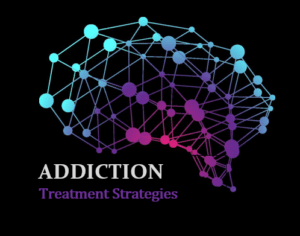4 Tactics to Combat Opioid Crisis
What are Some of the Recommended Tactics to Combat the Opioid Crisis?
That’s a very complicated question only because any agency that’s been in place in regards with treatment recovery, we’ve been doing it the same way since the 1930s and it hasn’t particularly worked. The only difference is the severity of the drugs that we have now and the multiple options that people have. The lethality of heroin is a big problem because we’re losing close to fifty-five to sixty-five thousand people on an annual basis, which is more than we lost in twenty years in Vietnam. Those numbers are directly related to or attributed to a drug overdose.
Our experience here at ATS is that every person we lose directly to substance abuse overdose there are five people that die that are correlated with that whether they died of heart attack, shot in a drug bust or something like that. The cause of death may not be an opioid overdose.
A Need for Legal Changes
Significant changes have to be made both in the legislation as well as the availability of treatment. I don’t think the correct procedure is residential treatment, that’s the most costly way to treat someone and it’s also the least effective way. Going away for 30 days doesn’t do anything but keep people from using for 30 days. I believe what we need to do is set up a large number of intensive outpatient programs, make medical assistance available and then put people in a position where in order to receive their treatment they must be in compliance for treatment programs. There’s a lot of compliance with medical programs that are essential to keep people alive.
Outpatient Programs Over Residential Treatment
A combination of working with both drug courts and individuals who are in the correctional facilities as a result of their substance abuse problem should be mandated to attend minimum time in an outpatient program should be two years. Legislation should be changed so we can hospitalize people or put people in treatment against their will on a legal basis so you can mandate treatment because it’s not unusual for a patient to come here for 12 to 13 months before they began to realize how big of a problem they had. The neurological process wants the patient to keep that addiction. That seems to be a paradoxical situation in that we would think people would want to eliminate their addiction. Because of the structural changes in the brain, the compulsions, and the cravings, they’re going to engage in behaviors that are reflexes of an action. They’re not a cognitive process so what we have to do is a counterbalance that reflex, that impulse control disorder that gets people to continue using which then reinforces and conditions the neurological structure of the brain to continue using.
You Have to Treat the Whole Patient
We have to change legally, in terms of how to mandate people get treatment, we have to change the treatment format from a residential treatment to an intensive outpatient, I think we have to people engaged in treatment programming for an extended time, and then you have to work with patients on a co-occurring disorder where we can treat anxiety, depression, and their addiction, as well as the family dynamics to help them become stable and healthy. You also need to focus on vocational choices and getting people in a position where they can maintain some level of stability by living alone and having jobs. You have to treat the whole patient. That’s what appears to be a monumental shift in programming, but in reality what its doing is treating the patient with what the patient needs through an extended amount of time and getting the patient engaged on a legal basis so their options are limited so that you can treat them and that’s for about a two year period of time.
Contact us at (618) 692-6880







Leave a Reply
Want to join the discussion?Feel free to contribute!